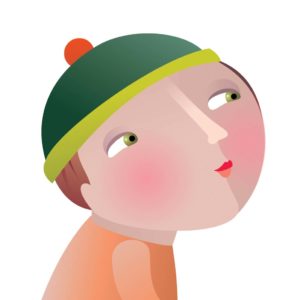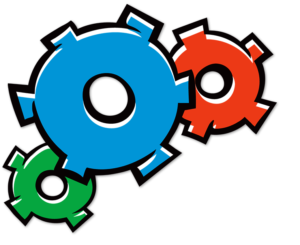Information-sharing Profile
There are a variety of ways parents can share information about their child’s medical ailments, their vision and goals. Here we will offer you examples of ways to present information to your school community. This profile could be used for school, daycare, caregiver, friends or families.
Section 1 – Personal information
- Personal information such as name, nickname, birthdate.
Profile: Johnny B Goode
Nickname: Jon
Age: 5

Section 2 – About me
- A bit of information about your child’s strengths, interests and social involvement. Putting a few pictures of your children doing something they love is a great addition to this document. You can choose to do point form or paragraphs.
About me
- I am a fun and happy three-year-old boy
- I love my Mom and Dad, and I absolutely adore my brother
- Playing with trains is my favourite thing to do
- I love watching the Magic School Bus and Leap Frog videos
Section 3 – Challenges
- Information about things that may be challenging for your child either emotionally or physically. Things to avoid would go in this section.
Things I don’t like
- When I am left out, I feel sad
- The feeling of sand
- Spinning around in circles
- Loud noises
- When people doubt my ability
Section 4 – My diagnosis
- Use this section to offer some information about your child’s diagnosis, keeping in mind any information to help the teachers or other caregivers understand the condition. You can create another section for medications, medication side effects, allergies and previous surgeries.
My Diagnosis is Cerebral Palsy
Cerebral palsy is a term used to describe a group of chronic conditions affecting body movements and muscle coordination. It is caused by damage to one or more specific areas of the brain.
Cerebral palsy is neither progressive nor communicable. It is also not “curable” in the accepted sense, although education, therapy and applied technology can help persons with cerebral palsy lead productive lives.
My medications
The medication that I take is for my tight muscles. It is called _____________ and it can make me sleepy during the day. I also need to avoid eating certain foods like _____________ because it doesn’t react well with my medication.
Section 5 – My equipment
- This section gives information on any assistive equipment or devices that your child may require. Including a picture is helpful. Include: braces/orthotics, mobility devices like walkers/canes/wheelchairs, communication devices, oxygen or breathing, etc.
My equipment
The equipment I need to use daily is my cochlear implant. It has been surgically implanted because I have a hard time hearing you. Sitting close to me will also help me hear you better.
Section 6 – Warning signs
- If your child has a condition that would require close monitoring for warning signs you might want to create a section here for that. The more information we provide to our teachers and caregivers the better they will be at identifying warning signs.
I have a shunt, it helps drain fluid from my brain.
If my shunt becomes infected or obstructed I can get very sick. Please watch for these symptoms to keep me safe:
- Bulging at the valve site
- Frequent and increasing severity of headache
- Numbness or change in sensation to one side of the body
- Balance is off
- This is just a sample, list is not complete
Review the information with your child’s doctor to confirm accuracy and include additional handouts.
Section 7 – Additional information
- Include anything else your teacher should know about your child. Include anything you think will help your child find more success in their program. Include a favourite quote or picture.
Help me be successful by…
- Speaking slowly and using short sentences
- When my hand shakes when colouring, put your hand on mine
- Be patient. I am trying really hard
- Give me time to reply. Sometimes it takes me a few minutes to get the message from my brain to my mouth
- Involve me in everything
I am a neurosurgery hero!
Letter to Parents
Writing a letter to other parents of kids in your child’s class helps provide information, break the ice and demystify your child’s condition. Keep it short and to the point. For example:
Hello,We are the Jones family and we would like to introduce you to our son Preston! This year Preston will be attending kindergarten with your child and we are very excited! Since our kids are going to be spending the school year together we thought it would be a good idea to share a bit of information about Preston with you.
When Preston was one month old, he was very sick with an infection in his brain called meningitis. He spent a few months in the hospital, fighting to get better and thankfully he did! Preston now requires a wheelchair to help him get around because his leg muscles are tight. He loves when his friends push him around slowly. Our little boy is very smart and social. He has a very good understanding of what is going on and loves being included in everything. Over the last year, Preston’s vocabulary has exploded from hundreds to thousands. Sometimes, it takes a bit of work for him to put his thoughts into words but we know that his new amazing friends will take the time to listen.
We look forward to having a fun and successful year together. If you have any questions please feel free to ask – we love talking about our son.
Sincerely,
Tim, Lillianna and Preston Jones

